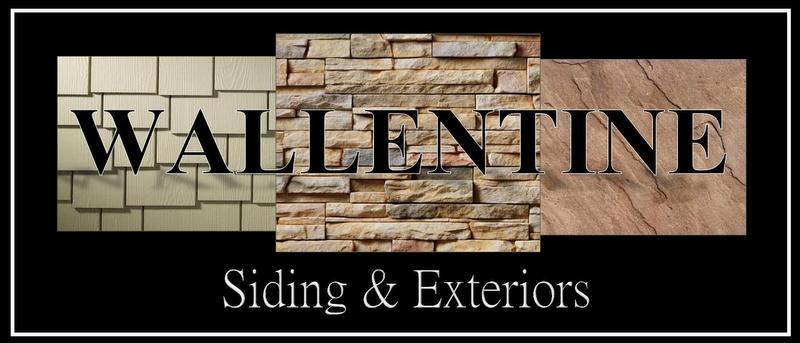When you are driving around Utah County, you have probably noticed homes under construction that are covered in a brilliant white plastic-looking wrap before the exterior is put in place. What you are seeing is Tyvek house wrap. The next question, of course, is “what is Tyvek house wrap” Tyvek wrap is a product made by DuPont, and the house wrap is an amazing addition to weather proofing your home—making it far more energy efficient.
What Is Tyvek House Wrap
Under your brick or siding or stucco, you have the framing of the house. Between those two layers, builders put a weather-proofing wrap to help keep the outside weather out and the inside heat or cooling in. Tyvek is the best product for this purpose, particularly in Utah where we get some pretty wide swings in weather. So what is Tyvek house wrap and why use it instead of other coverings?
To begin, Tyvek is the name for a covering made of flashspun, high-density polyethylene fibers that protects your home from adverse weather. How does it work? Tyvek is made in a way that allows moisture to exit your home, but not enter. Why is that exchange important? Obviously, when it rains or snows, you don’t want that water penetrating your walls, rotting the wood or ruining the interior of your home. What you may not know is that a family of four can produce up to 3 gallons of water vapor per day, through bathing, cooking, cleaning, and simply breathing. You don’t want that water in your home either—water vapor that never leaves can cause mold to grow, among other problems.
One of the best solutions is to use Tyvek house wrap. What is Tyvek house wrap You already know what it is made of. That structure will allow moisture to exit your home, but even wind-driven rain won’t enter. Other wraps can add a barrier between your brick or siding exterior and the walls and the family inside them, but none work as well as Tyvek. If you want an energy-efficient home, use Tyvek to protect what’s inside from what’s outside.

Recent Comments